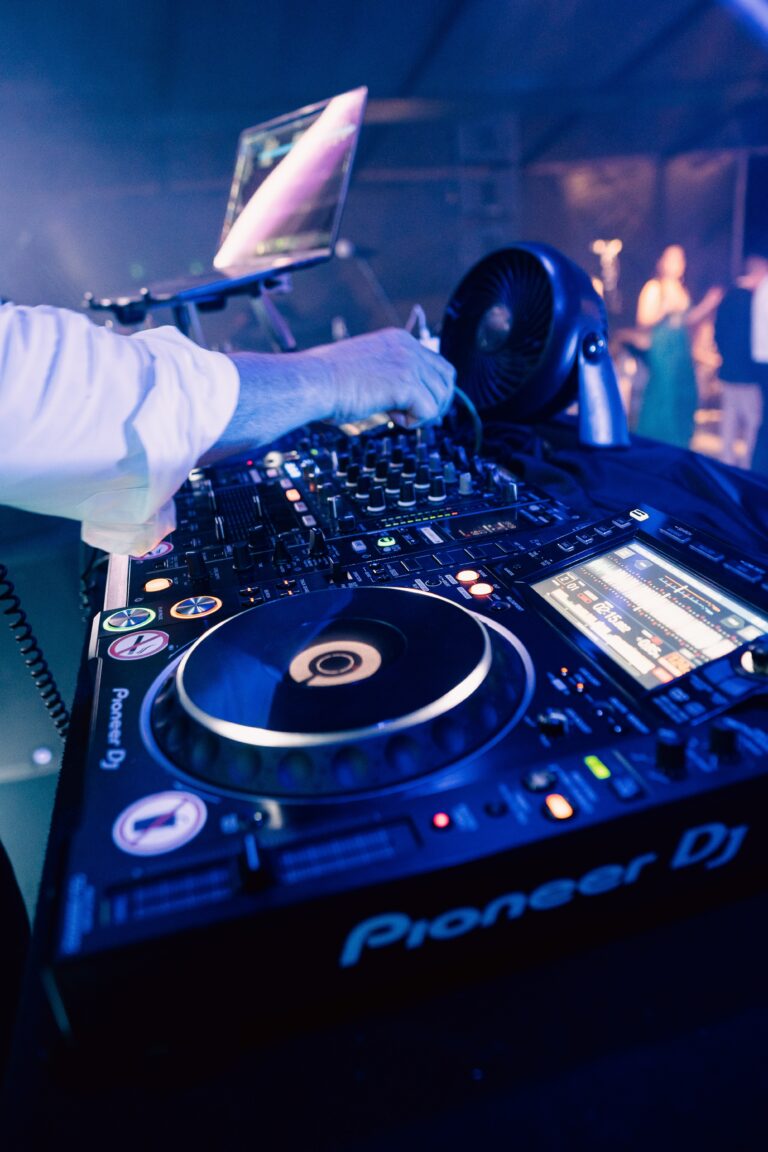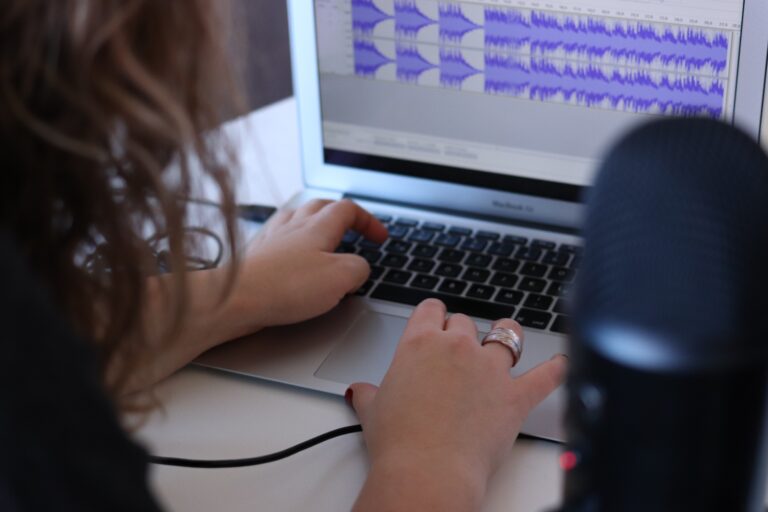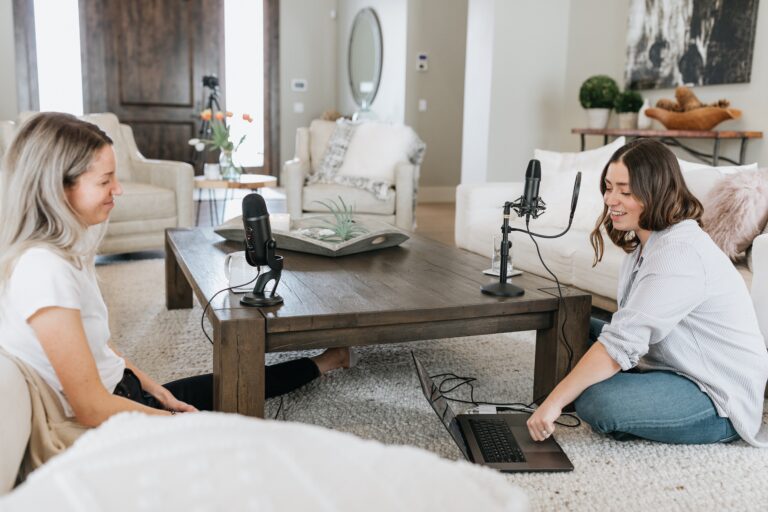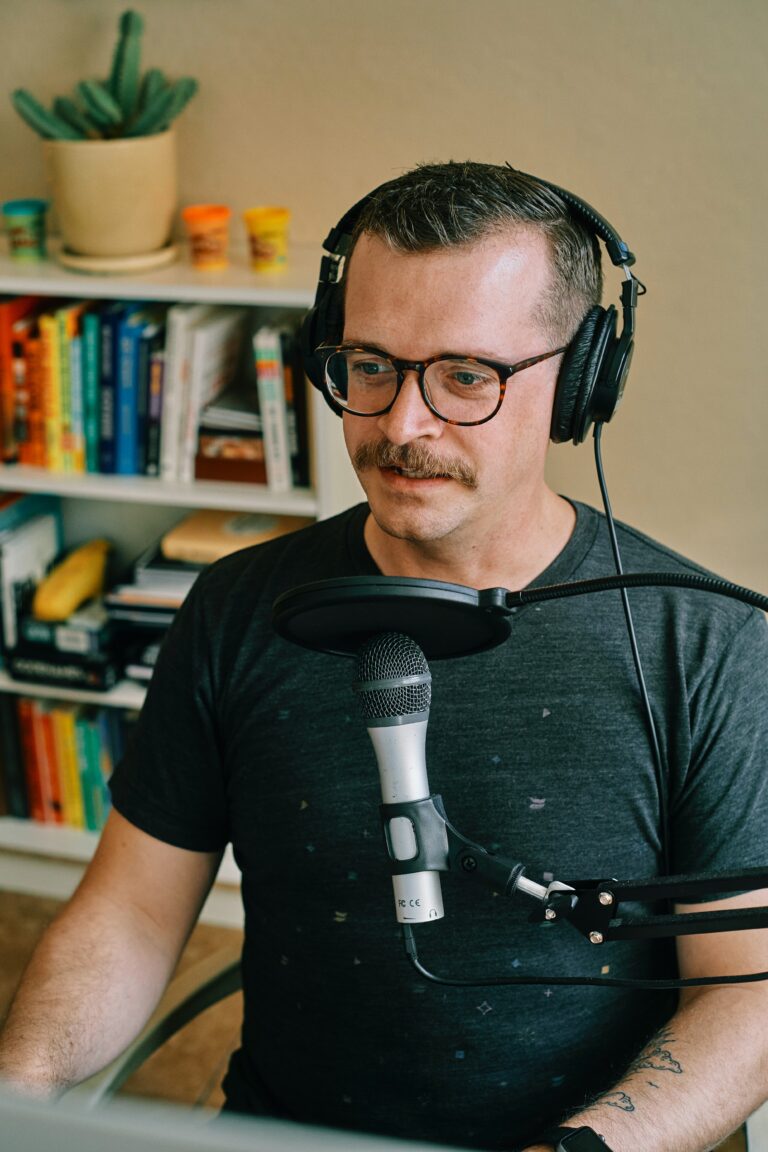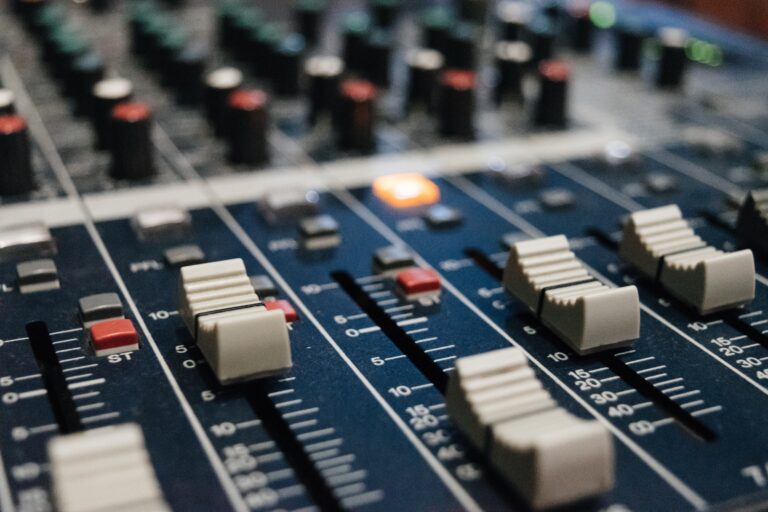In the world of commercials, the voices behind the advertisements play a crucial role in capturing the attention of viewers and conveying the brand’s message effectively. While it’s challenging to provide an exhaustive list of all the voices behind major commercials in 2023, this article will highlight some notable voice actors who have lent their talents to popular campaigns.
- Morgan Freeman: Morgan Freeman’s iconic voice has made him a sought-after talent for commercials. His deep, resonant tone and authoritative delivery have been featured in various advertisements, including Visa, Mountain Dew, and Apple. Freeman’s voice exudes trust and sophistication, making him a popular choice for brands aiming to make a memorable impact.
- James Earl Jones: James Earl Jones is another legendary voice actor recognized for his powerful and distinctive voice. He has provided his deep, rich voice to numerous commercials, most notably as the voice of Darth Vader in the Star Wars franchise. Jones has also been featured in commercials for Verizon, CNN, and Audi, among others.
- Peter Cullen: Peter Cullen is best known for voicing the iconic character Optimus Prime in the Transformers series. His commanding voice has been utilized in various commercials, including campaigns for Dodge, Ram Trucks, and DirecTV. Cullen’s deep, authoritative voice adds a sense of strength and reliability to the brands he represents.
- John Krasinski: John Krasinski, known for his role in the television series “The Office,” has also made a name for himself in the world of voice-overs. His warm, friendly voice has been featured in commercials for brands such as Amazon, Carnival Cruise Line, and Apple. Krasinski’s conversational and approachable tone resonates with audiences, creating a relatable connection.
- Helen Mirren: Helen Mirren, an accomplished actress, has contributed her sophisticated voice to several high-profile commercials. Her refined British accent and authoritative delivery have been featured in campaigns for brands like L’Oreal, Audi, and Budweiser. Mirren’s voice adds an air of elegance and class to the advertisements she narrates.
- Jon Hamm: Jon Hamm, best known for his role as Don Draper in the television series “Mad Men,” has also made a mark in the world of voice-overs. His deep and smooth voice has been utilized in commercials for brands like Mercedes-Benz, American Airlines, and H&R Block. Hamm’s voice carries a sense of confidence and sophistication, making him a popular choice for luxury brands.
- Allison Janney: Allison Janney, an Emmy Award-winning actress, has a versatile voice that lends itself well to commercials. Her warm and friendly tone has been featured in campaigns for brands such as Kaiser Permanente, Toyota, and McDonald’s. Janney’s voice carries an approachable and relatable quality, making her an effective choice for connecting with audiences.
- Kiefer Sutherland: Kiefer Sutherland, known for his role as Jack Bauer in the television series “24,” has also made a mark in the world of voice-overs. His distinctive gravelly voice has been utilized in commercials for brands like Apple, Ford, and Bank of America. Sutherland’s voice carries a sense of ruggedness and intensity, adding impact to the advertisements he voices.
- Scarlett Johansson: Scarlett Johansson, a versatile actress, has also lent her voice to various commercials. Her smooth and sultry tone has been featured in campaigns for brands like Dolce & Gabbana, Moët & Chandon, and Calvin Klein. Johansson’s voice adds a touch of allure and sophistication to the advertisements she narrates.
- Dennis Haysbert: Dennis Haysbert, known for his roles in television shows like “24” and as the
